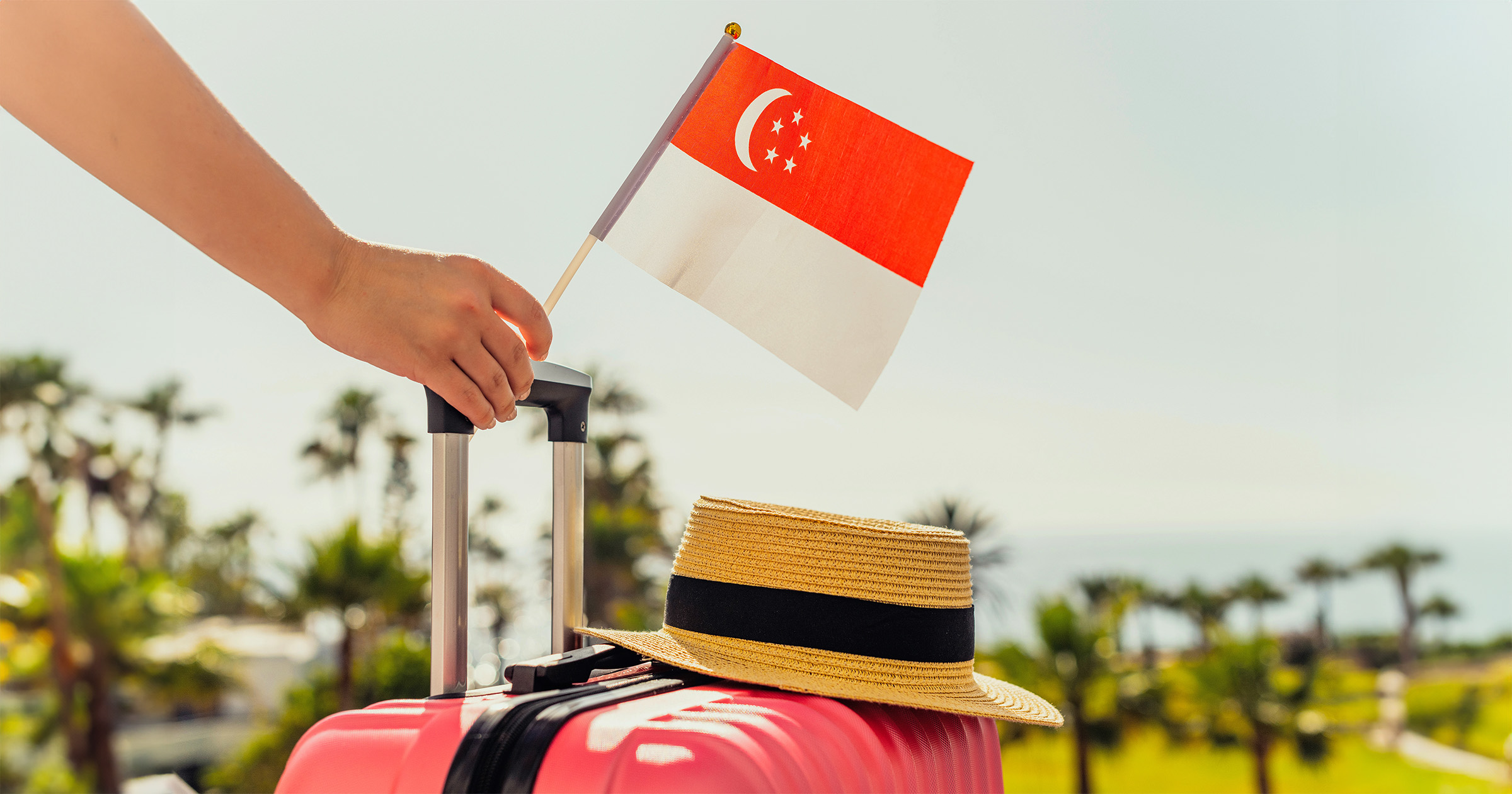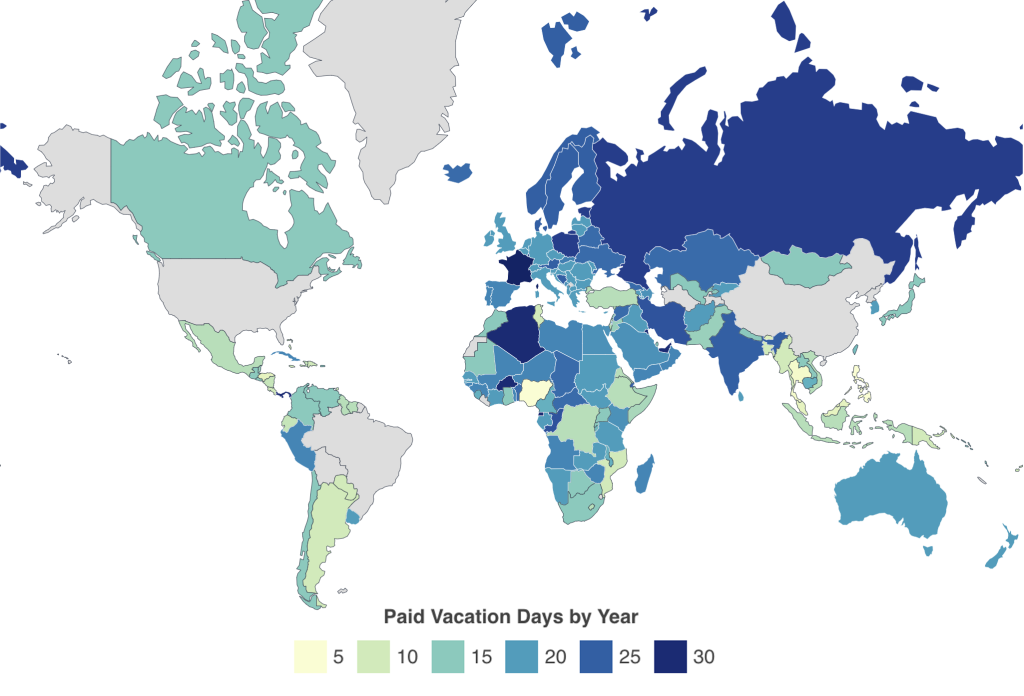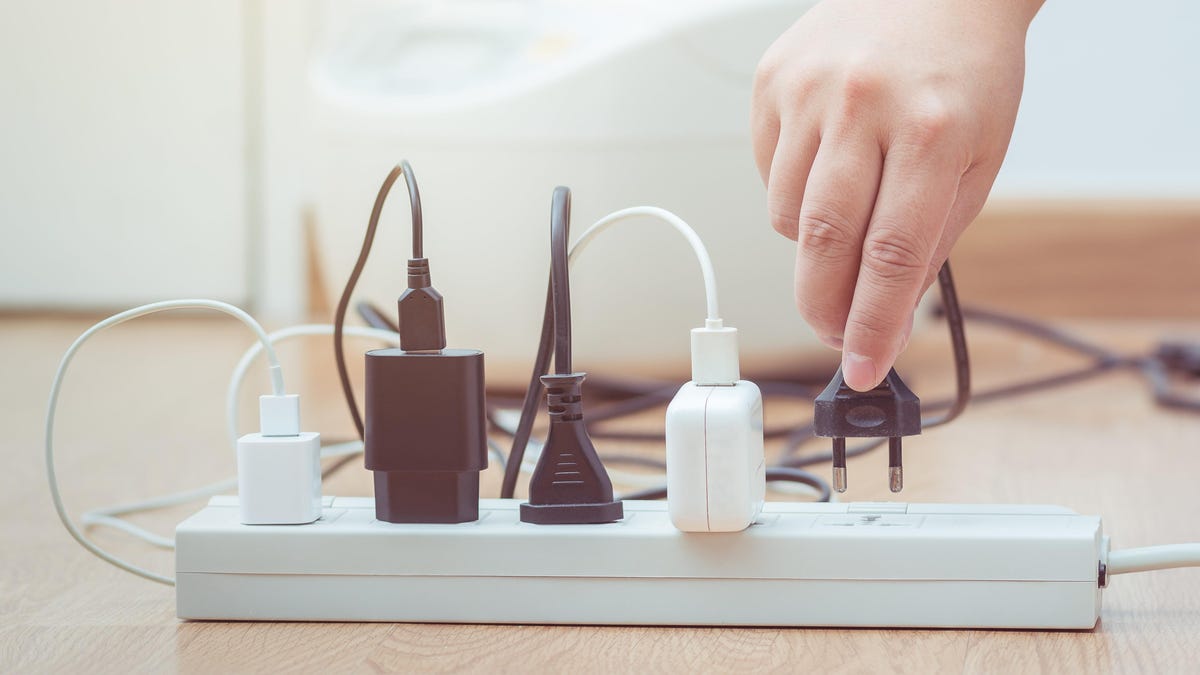MOM: Higher-income workers in S’pore get twice as many days of paid leave as the bottom ones
MOM data shows that higher-income workers in Singapore get twice as many days as paid leave compared to the lowest paid workers.

Disclaimer: Unless otherwise stated, any opinions expressed below belong solely to the author.
In a response to a parliamentary query earlier this month, the Ministry of Manpower (MOM) revealed that there are distinct differences in average and median days off between different income groups of resident (citizen and PR) workers in the economy.
Higher pay tends to correlate with longer paid leave allowance. By law, employees in Singapore are entitled to up to 14 days of paid leave after eight years of service or more with your company, starting with seven days in year one.
However, it is up to employers to provide more days off, as a part of the overall job package.
This is one the reasons for the differences between income groups reported by MOM:
| Salary | Average no. of days of paid leave | Median no. of days of paid leave |
| below S$2,000 a month | 12 | 14 |
| between S$2,000 to S$4,999 per month | 17 | 15 |
| S$5,000 and above per month | 21 | 21 |
As you can see, on average the lowest paid workers receive only 57 per cent of the days of the top paid ones. Very nearly half, though in many specific cases, the difference will be even larger than 2x.
It’s important to note, however, that compared against the median income of S$5,197, it suggests that about half of the local resident workforce enjoys an average of 21 days of paid vacations.
It’s also important to remember that those in the bottom 50 per cent are typically workers with fewer years of experience, who may not yet be entitled to their full leave under law, let alone a part of voluntary benefit packages offered by employers.
In other words, these disparities should not be seen as some sort of unequal treatment of the poor but rather a result of companies rewarding loyal employees with time.
How does the world compare?
While I don’t have a specific breakdown by income groups in each country, we can at least take a look at how Singapore’s averages compare to what workers are typically entitled to elsewhere:
 Image Credit: World Population Review
Image Credit: World Population ReviewFor the reputation that Singapore has for overwork, it doesn’t actually look so bad in comparison to other countries.
With the exception of France, most of Europe offers around 20 to 25 days of paid leave, and it’s less likely for employers to add significantly more over that, given the relatively high basic minimums stated by law.
Canada, for instance, guarantees only 15, Japan between 10 and 20 and the US, famously, has no laws that would mandate any paid leave, though 77 per cent of private employers offer it anyway, according to official statistics.
It seems then that most Singaporeans are enjoying comparable standards to the rest of the developed world, give or take a few days in certain cases.
Featured Image Credit: flowertiare / depositphotos

 Koichiko
Koichiko 































